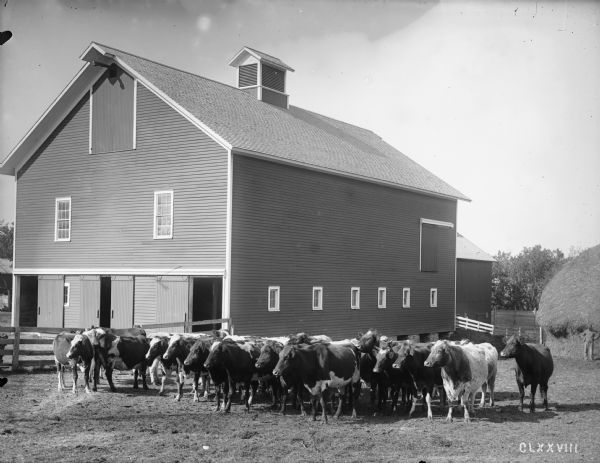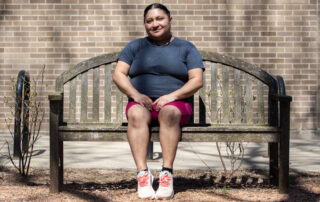Fall is harvest time in Wisconsin. It’s a time of year that reminds historian John Gurda of his own family ties to the land and the ways that farming has changed over the last century.
It’s harvest time in Wisconsin. On a recent bicycle trip to Door County, two friends and I witnessed autumn coming down like a curtain across the eastern rim of the state. The last alfalfa had been cut not long before, and the hayfields looked shaven in the fading light. The oats were already in the elevator. The soybean leaves had turned a vivid yellow, and the cornstalks were trading their supple green for a brittle gold.
The scene was bucolic but curiously devoid of people. Although there were farmers in the fields, nearly all of them were solitary older men on tractors, plowing under the oat stubble or harvesting the corn. The landscape seemed almost deserted, and it occurred to me that we were seeing the culmination of a trend that began well over a century ago: the industrialization of agriculture.
I’ve always felt a strong affinity for farming through my mother, Clare, although it’s an affinity tinged, I freely admit, with the helpless romanticism of the city-dweller. She was the daughter of a Norwegian immigrant named John Johnson (from Wisconsin, no less) and his wife, the musically named Ella Nikolina Kalbakken. Together they ran a dairy farm in the rugged hills southeast of La Crosse. When my mother was growing up in the Teens and Twenties, only the most ambitious farmers plowed more than 100 acres, and 25 cows would have been a very large herd.
What has happened since then is nothing short of revolutionary. One of my Crawford County cousins described the change simply. “Farming isn’t hard any more,” he said. “It’s just expensive.” Fewer people are cultivating more land and reaping greater yields with the help of more-reliable seeds, more-potent chemicals, and ever-more-powerful machinery. A tractor alone can cost $250,000, and that’s just the start.
Small wonder that farmers have expanded their operations to keep pace with skyrocketing costs. Wisconsin’s largest dairy farms now have more than 8,000 cows each, milked on a 24-hour rotation and housed in buildings as large as airplane hangars. The scene would be incomprehensible to anyone in my mother’s generation.
I understand the economics, but it’s hard not to feel a pang of loss when the family farm of yesterday has become, in agribusiness parlance, the “Concentrated Animal Feeding Operation,” or CAFO, of today.
There is, fortunately, still a way to experience what farming was like for our ancestors, and autumn is the season to do it. For a month of weekends from mid-September to mid-October, Old World Wisconsin, the outdoor ethnic museum near Eagle, will welcome one and all to its annual Autumn on the Farms celebration. All of Old World’s farmsteads will be fully staffed, and visitors will be able to watch within touching distance as crops are harvested, meat is smoked, logs are skidded, grain is threshed, sauerkraut is made, and trees are sawed into lumber. If you’re in the right place at the right time, you might even be asked to help.
Perhaps we can’t go back to the past, but Old World Wisconsin offers the next-best thing. It provides a tangible reminder of the vital connection between land and life that sustained our ancestors. If only for a weekend, Autumn on the Farms allows us to renew that connection and return to our own century with a deeper appreciation of the hardships and the pleasures of the Wisconsinites who came before us.











